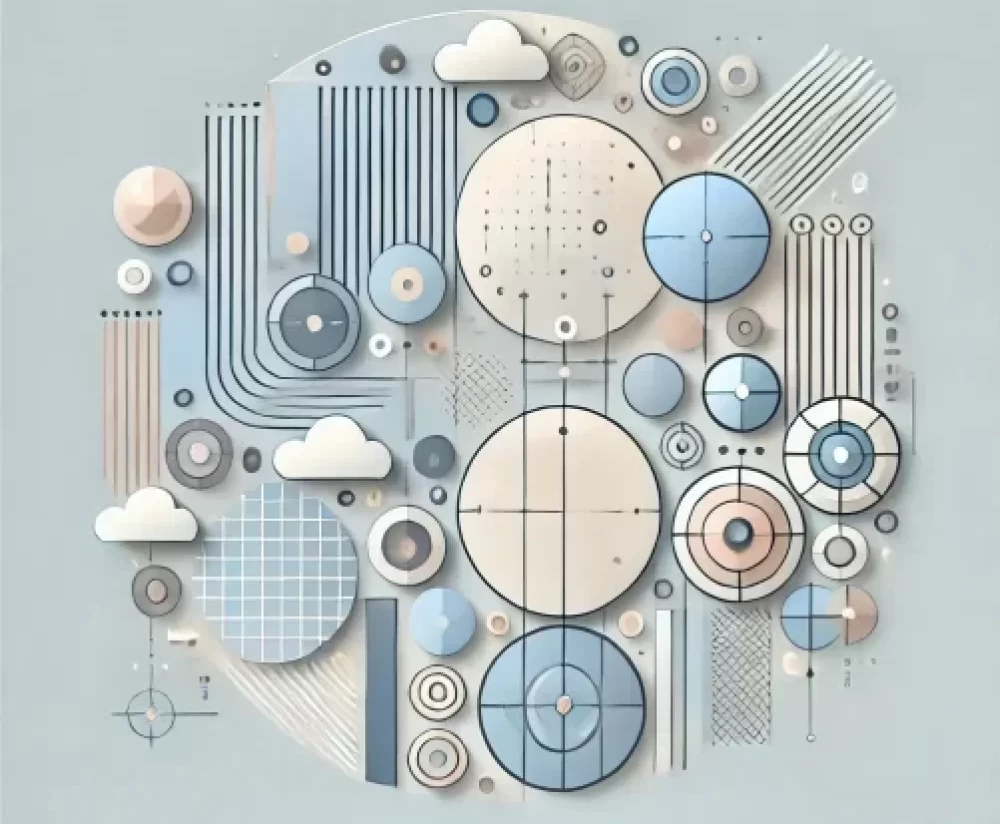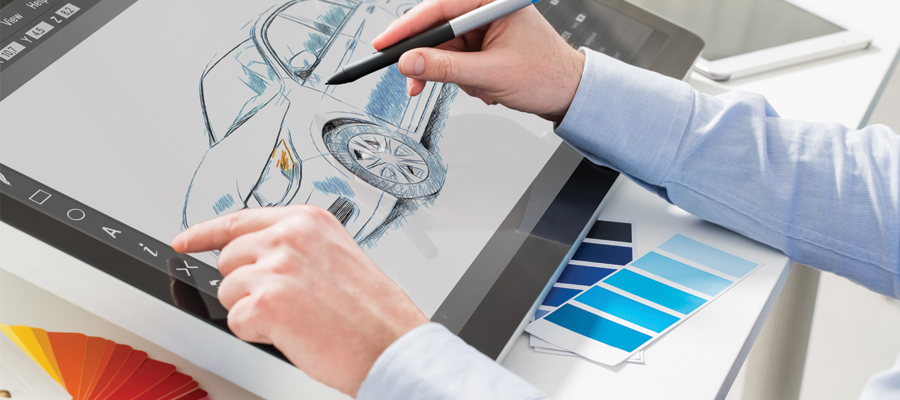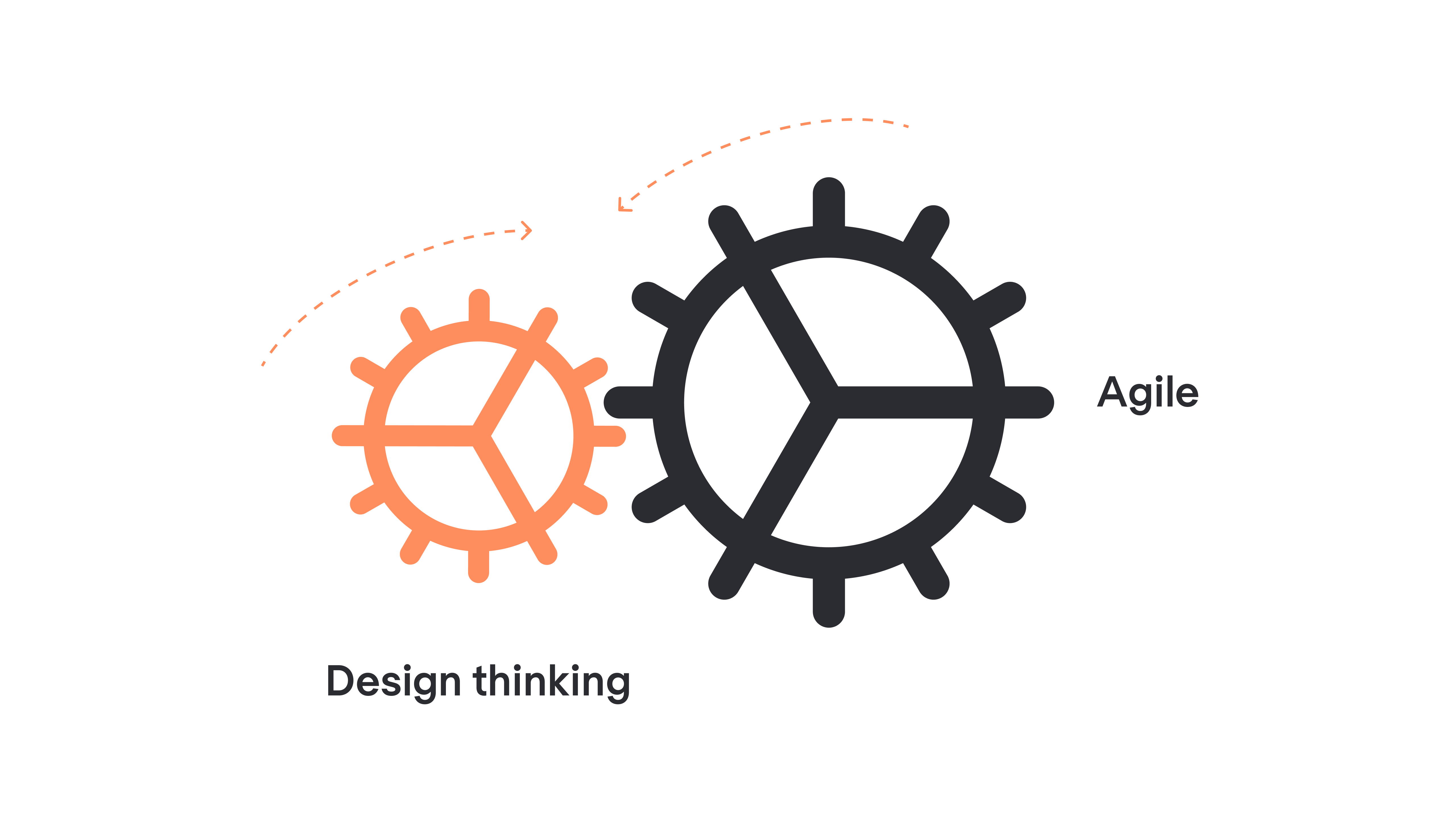In the contemporary landscape where technology seamlessly integrates into every facet of our lives, the role of product designers is laden with profound responsibility. Gone are the days when creating functional products sufficed; today’s products must also embody ethical principles and ensure fairness. But what does this entail, and how can designers actively realize this vision?
Unveiling the Pillars of Ethical Product Design:
Data Privacy and Security:
In the era of incessant digital interaction, user data has become a crucial aspect. Designers are now tasked with prioritizing user privacy, emphasizing transparent data collection, and ensuring responsible storage practices. Initiatives such as encryption, clear opt-in mechanisms, and minimizing data collection become imperative steps in this ethical journey.
Example: Consider a fitness app that anonymizes user data for research purposes, granting users control over shared information and accessibility.
Accessibility and Inclusivity:
Discrimination has no place in product design. A commitment to inclusivity involves catering to diverse abilities and cultural backgrounds. This encompasses considerations for visual impairments, cognitive differences, and overcoming language barriers.
Example: Imagine a social media platform offering screen reader compatibility, adjustable font sizes, and alternative text descriptions for images to guarantee equal access for users with disabilities.
Algorithmic Bias:
Algorithms power many product features, yet they carry the potential to perpetuate hidden biases based on training data. Designers must actively mitigate bias, ensuring algorithms treat all users fairly and avoid reinforcing harmful stereotypes.
Example: Picture an AI-powered hiring tool trained on diverse datasets to prevent discrimination based on race, gender, or other sensitive attributes.
Sustainability and Environmental Impact:
Products should not come at the expense of the planet. Designers are tasked with prioritizing sustainable materials, energy efficiency, and ethical sourcing practices throughout the entire product lifecycle.
Example: A clothing brand opting for recycled materials, implementing on-demand manufacturing to reduce waste, and prioritizing fair labor practices in its supply chain.
Transparency and Accountability:
Building trust requires openness. Designers should be transparent about how products work, what data is collected, and how potential risks are addressed. Regular audits and ethical impact assessments can further solidify accountability.
Example: Visualize a news aggregator disclosing its editorial guidelines, highlighting potential biases in its algorithm, and allowing users to personalize their news feeds.
Navigating the Risks and Biases:
Designing ethically demands perpetual vigilance. Here are some potential risks and biases to consider:
Surveillance and Privacy Creep:
Constant data collection may lead to intrusive monitoring and manipulation. Designers must balance personalized experiences with respecting user privacy.
Filter Bubbles and Echo Chambers:
Algorithmic recommendations can create closed information loops, reinforcing existing biases. Designers should promote algorithmic diversity and provide tools for users to escape filter bubbles.
Exploitative Design Patterns:
Elements like dark patterns can manipulate users into choices they wouldn’t otherwise make. Designers must prioritize user autonomy and avoid manipulative tactics.
In Conclusion:
Ethical design is an ongoing journey, not a destination. By integrating these considerations into every stage of the design process, from ideation to implementation, we can create products that are not just functional but also fair, inclusive, and beneficial for all. Let’s transcend mere functionality and construct a future where technology serves humanity with conscience and responsibility.
This marks the beginning rather than the end. As technology evolves, so must our understanding of ethical design. It is our collective responsibility to continuously question, push boundaries, and contribute to a more just and equitable future through the power of design.
I trust this article provides a comprehensive framework for you to explore and implement ethical considerations in your own product design endeavors. Remember, every ethical choice, no matter how small, contributes to a more responsible and sustainable future.




